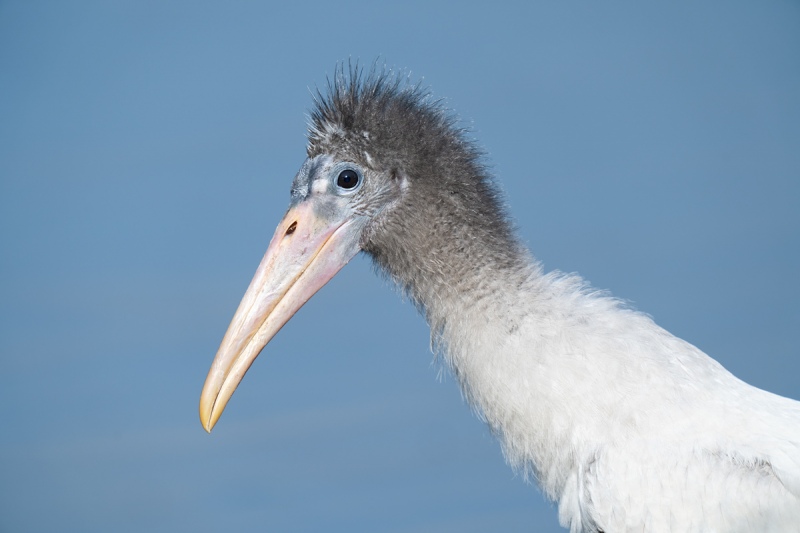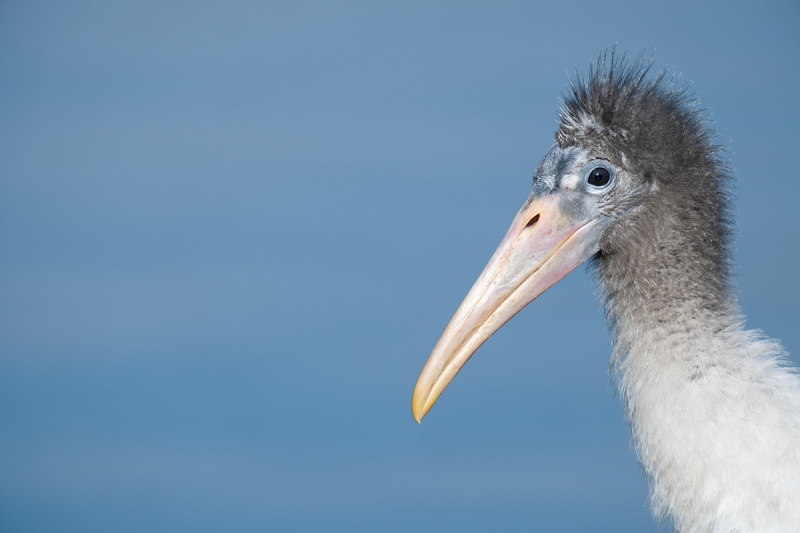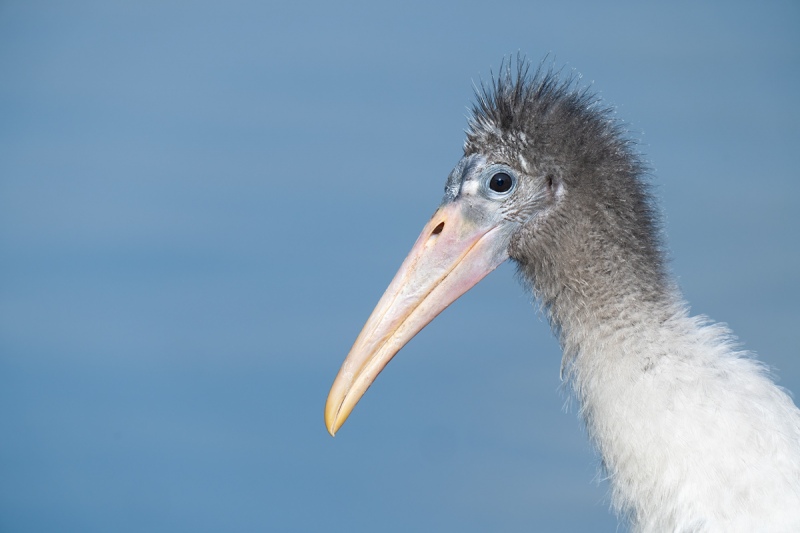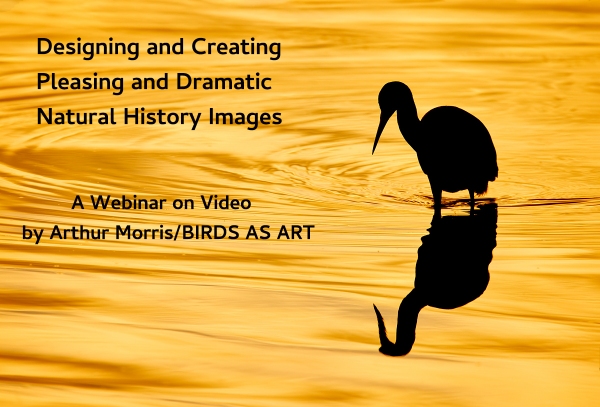What’s Up?
To some degree, our morning luck at DeSoto ran out on Saturday. I headed out with the 600 and both TCs and Clemens did the same, me with my SONY a1, and he with his Canon R5. There were no wading birds in the washover pool, no feeding spree, and with a decent breeze from the west, no reflections. I stuck by the pool and did ground-level Marbled Godwits. Clemens took a long walk down the beach and did some Least Terns on their nests, a Snowy Plover fight, and a Snowy Plover chick. His morning ended with a Yellow-crowned Night-Heron grabbing a ghost crab. We were headed back to our AirBnB before 10:00am.
I was on the road back to ILE by eleven, and, after a quick stop at Publix, home by 1:20pm. For a nice nap, my bursts, and a swim. It poured — for the first time in months, for a half an hour last night.
Today is Sunday 30 May 2021. The morning forecast for ILE is for partly cloudy skies with a light breeze from the west/southwest. I will be heading down to the lake early to check on the crane families and to see how the Black-necked Stilts are doing. Wherever you are, and whatever you are doing, I hope that you have a great day.
This blog post took more than two hours to prepare, and makes 155 consecutive days with a new one. Please remember that if an item — a Delkin flash card, or a tripod head — for example, that is available from B&H and/or Bedfords and is also available in the BAA Online Store, it would be great if you opt to purchase from us. We will match any price. Please remember also to use my B&H affiliate links or to save 3% at Bedfords by using the BIRDSASART discount code at checkout. Doing either often earns you free guides and/or discounts. And doing so always earns my great appreciation.
This Just In!
In a short visit to the lake this morning, I found two Black-necked Stilt nests, photographed the large surviving crane colt family, and watched the crane family of four stumble upon one of the stilt nests — as expected, the stilts attacked with a vengeance. Then I headed to the North Field where I photographed the small crane chicks sitting in pink and yellow wildflowers on the edge of the marsh. Images and details soon. I was headed home before 8:00am.
ILE In-the-Field Sessions
Sandhill Crane colts and small chicks guaranteed!
Any morning from now til …
2-hour session (6:30 to 8:30am): $300.00/each
The crane colts family and the crane chicks family continue to be utterly dependable. Join me for a morning at Indian Lake Estates with a money-back guarantee: if we do not get to photograph either the colts and/or the chicks at close range, you will get every penny back. Point blank Black-necked Stilts are guaranteed as well.
Lodging and Photoshop lessons available. If you are seriously interested in joining me for one or more sessions, get in touch via e-mail or call or text me on my cell at 863-221-2372.
Thanks to Cliff Beittel
Cliff Beittel comment/May 29, 2021 at 5:05 pm
Sweet image. I like the plumes trailing into that still water.
I hadn’t heard Five Feet High and Rising, but I love a number of Johnny Cash songs, both late ones like his cover of Hurt and God’s Gonna Cut You Down, and many of his older classics. For those who haven’t seen the powerful video made for Hurt, it includes footage of the childhood homestead, many strong images of Cash in his prime, and even some flood footage:
https://www.youtube.com/watch?v=8AHCfZTRGiI
Arthur Morris/BIRDS AS ART/May 29, 2021 at 6:28 pm
Thanks for the link Cliff. That is one powerful 3:48. The shot of a young Cash driving the locomotive at the 54 second mark (and most of the rest) brought tears to my eyes.
with love, a
Huguenot Memorial Park and/or Jacksonville Nesting Beaches Info Requested
If you photograph regularly at Huguenot Memorial Park and/or any of the other of the publicly accessible beaches north of Jacksonville that have nesting Laughing Gull, Royal and Sandwich Terns, and possibly Brown Pelican, please get in touch via e-mail or call or text me at 863-221-2372.
|
|
|
This image was created on 28 May 2021 at the rookery in North Tampa. While standing, I used the Induro GIT 304L/ Levered-Clamp FlexShooter Pro-mounted-Sony FE 600mm f/4 GM OSS lens, the Sony FE 2.0x Teleconverter, and The One, the Sony Alpha 1 Mirrorless Digital Camera (Body Only). ISO 500. The exposure was determined by Zebras with ISO on the rear wheel: 1/800 sec. at f/8 (wide open) in Manual mode. AWB at 5:40:09pm on a sunny afternoon. Tracking: Expand Spot/AF-C was active at the moment of exposure and performed very well. Click on the image to enjoy a larger version. Image #1: Wood Stork fledgling — head portrait |
The Most Pleasing Image Design?
All are invited to compare the image design for today’s three similar featured photographs. Which do you think is the most pleasing? The best? The most balanced? Keep reading to learn a ton about bird photography with the latest/greatest gear with the latest/greatest AF systems and super-high frame-rates.
|
|
|
This image was created on 28 May 2021 at the rookery in North Tampa. While standing, I used the Induro GIT 304L/ Levered-Clamp FlexShooter Pro-mounted-Sony FE 600mm f/4 GM OSS lens, the Sony FE 2.0x Teleconverter, and The One, the Sony Alpha 1 Mirrorless Digital Camera (Body Only). AUTO ISO 640. The exposure was determined by Zebras with ISO on the rear wheel: 1/1000 sec. at f/8 (wide open) in Manual mode. AWB at 5:40:26pm on a sunny afternoon. Wide/AF-C was active at the moment of exposure and performed perfectly. Click on the image to enjoy a larger version Image #2: Wood Stork fledgling — head portrait |
Image Clean-up
I did a bit of clean-up of the bill, the face, and the hair-do in each of today’s featured images. All of the clean-up was relatively minor as the bird was remarkably clean for a fledgling. There are some slight differences in the image clean-up, but there is one fairly significant difference. If you think that you can spot it, please leave a comment. Folks with a good nose for this sort of thing will have an advantage …
|
|
|
This image was created on 28 May 2021 at the rookery in North Tampa. While standing, I used the Induro GIT 304L/ Levered-Clamp FlexShooter Pro-mounted-Sony FE 600mm f/4 GM OSS lens, the Sony FE 2.0x Teleconverter, and The One, the Sony Alpha 1 Mirrorless Digital Camera (Body Only). AUTO ISO 640. The exposure was determined by Zebras with ISO on the rear wheel: 1/800 sec. at f/9 (stopped down 1/3 stop) in Manual mode. AWB at 5:40:43pm on a sunny afternoon. Wide/AF-C was active at the moment of exposure and performed perfectly. Click on the image to enjoy a larger version. Image #3: Wood Stork fledgling — head portrait |
Fine-Point In-the-Field Lessons
Things to note:
- 1- In no more than 34 seconds, I changed the AF method once. I changed the ISO once. I changed the shutter speed three times (from 1/800 to 1/1000 and then back to 1/800). I changed the aperture once.
- 2- Through all of that, the three exposures were equivalent: 1/800 at f/8 at ISO 500 = 1/1000 at f/8 at ISO 640 = 1/800 at f/9 at ISO 640.
- 3- In the span of 34 seconds, the compositions varied significantly.
- 4- In the span about two minutes, I created more than 100 images of this bird. I am now down to seven keepers.
The Lessons
The better you know your equipment and the more efficiently that your camera body is set up, the faster and easier it is to make small changes that may or may not lead to big improvements. I noticed that in this case, working at 1200mm, that Wide AF was not grabbing and holding the bird’s eye. In about one second, I switched from Wide to Tracking: Flexible Spot that nailed the eye in every frame thereafter. The default method of switching AF methods with the a1 is cumbersome at best. In both the a1 Info and Updates e-mails and in the R5 e-guide, we share a fast and simple way to get from one AF method or mode to the others almost instantly.
The Lesson
When you are in an obviously great situation, knowing — via Zebras technology and RawDigger study — that you have the perfect exposure, you can concentrate on firing away with impunity.
The Lesson
In Image #1, the image design was the result of the bird was leaning forward while walking. Though the chances of success are reduced with a moving bird, especially when working at 1200mm, it does not cost you anything but a few taps of the delete key to at least try. The image designs in #s 2 & 3 on the other hand, were by design.
The Lessons
In good situations, do not hesitate. Do take care with your settings, and when everything is perfect, fire away. With the super-fast high end camera bodies, you need to edit more tightly than ever. For me, with my a1 raw files, Photo Mechanic is the bomb. Holding down the right arrow key is like watching a movie!
Thanks, Ralph!
|
|
Designing and Creating Pleasing and Dramatic Natural History Images |
Designing and Creating Pleasing and Dramatic Natural History Images
A Video Webinar
In this 1 hour 28 minute plus video you will learn and be inspired. We cover everything from the very basics to the fine points. After a brief bio, the topics include Behavior, Action, Diagonal Lines, and the Cuteness Factor; Birds in Flight — The Holy Grail of Bird Photography; Mis-Framing!; Basic Image Design/HORIZONTALS: Get the subject out of the center of the frame. Basic Image Design/VERTICALS: The center of the frame is generally fine; The Importance of BACKGROUND; Isolating the Subject; Other Elements of Composition; On Getting Low; Going Wide for Bird-scapes; Super-tight!; Working in Sunny Conditions; Working in Cloudy Conditions; Working in Foggy Conditions; Working in the Shade; Working in Bad Weather; Creating Back-lit Images; Creating Silhouettes; and Creating Pleasing Blurs.
Each segment of the program consists of an average of about 15 images that will drive home the points being made, educate you, and inspire. The instructions and advice, given clearly and concisely, are based on my near-38 years of experience photographing birds with telephoto and super-telephoto lenses. And on several decades of creating educational blog posts.
This presentation is based on the webinar that I did for the South Shore Camera Club in April. You can find some of the comments below along with comments from two of the folks who viewed the webinar the night before the DeSoto IPT began.
You can order your copy of Designing and Creating Pleasing and Dramatic Natural History Images/A Video Webinar by clicking here or by calling Jim with your credit card in hand at 863-692-0906.
Typos
With all blog posts, feel free to e-mail or to leave a comment regarding any typos or errors.


















I spotted the difference…………..image #1 the bird looks like it has a booger in it’s nose while that’s not in the other two. I guess I too have a “nose” for this type of stuff 😉
>> …as expected, the stilts attacked with a vengeance, and then photographed the small chicks sitting in pink and yellow wildflowers on the edge of the marsh. <<
Were the stilts using Sony equipment? Most serious bird photographers are!
Thanks, Steve. I appreciate that you read carefully and then take me to task as needed. I re-crafted that. I’d love to hear your thoughts on the photo questions every now and then.
with love, artie
I prefer composition #1. It utilizes the entire frame most effectively and is well-balanced. The other two leave too much blank space off to the left.
P.S. Did you notice my double use of the term “bird photographers”? HA! : D
I like #1. I think it is more dynamic, moving forward as it is. I know we try not to put the subject in the middle of frame, but in this case it really works. Also, the eye of the bird in #1 is more intense than in #2 and #3. It really appears to be looking directly at you.
#1 might be the most conventional, as James says, but it’s also my favorite–the lean forward is dynamic, with strong diagonals, and I like the way the bill tip stops at some lighter water. #2 would be good for a two-page spread if there were such sales anymore, and both #2 and #3 would crop more readily to squarish formats. #1 has a bright spot in the nostril missing in the other two, as your hint suggested.
Glad you liked the Cash video. Beautiful music and cinematography–it gives me tears too. Many Mississippi Delta blues musicians wrote songs about floods in the 1920s and 30s. Bob Dylan’s High Water Everywhere is uniquely Dylan, but references many of those older songs. I’m sure he knew Cash’s.
Hey Cliff, Thanks, again. My thoughts exactly on #2 🙂 Those were the days. You were clever to follow my hint to the nares 🙂
with love,
a
I like image #3, it has enough balance and negative space for my tastes. Image #1 is a common pose and image #2 has too much negative space for me. Is image #3 just a crop from the left of image #2?
Hi Jim,
Thanks. Not so common 🙂 And a very special bird and situation 🙂 And note the slightly different head angles in 2 and 3.
with love, a
A few days ago I drove past a cemetery ablaze with buttercups and full of robins. I thought what a great photo opportunity for early in the day, a robin surrounded by OOF buttercups. But the mowers came later that day. ☹️. Then two days of rain, wind, and upper 40s. So I will try for something else.
Thanks for the continuing inspiration of your blog posts.
Cute photos!!